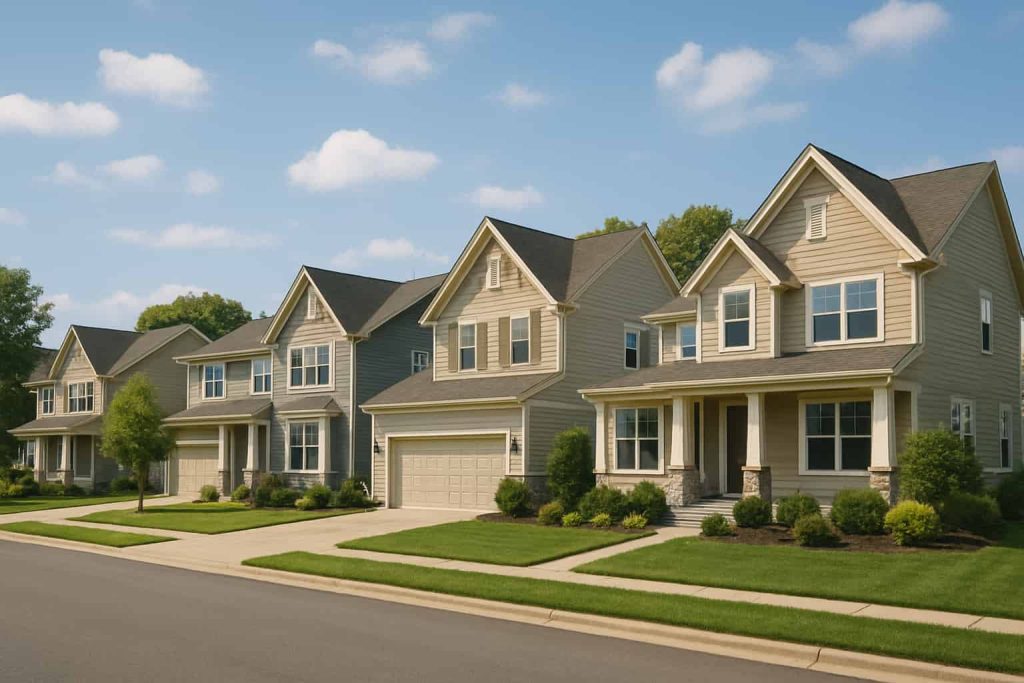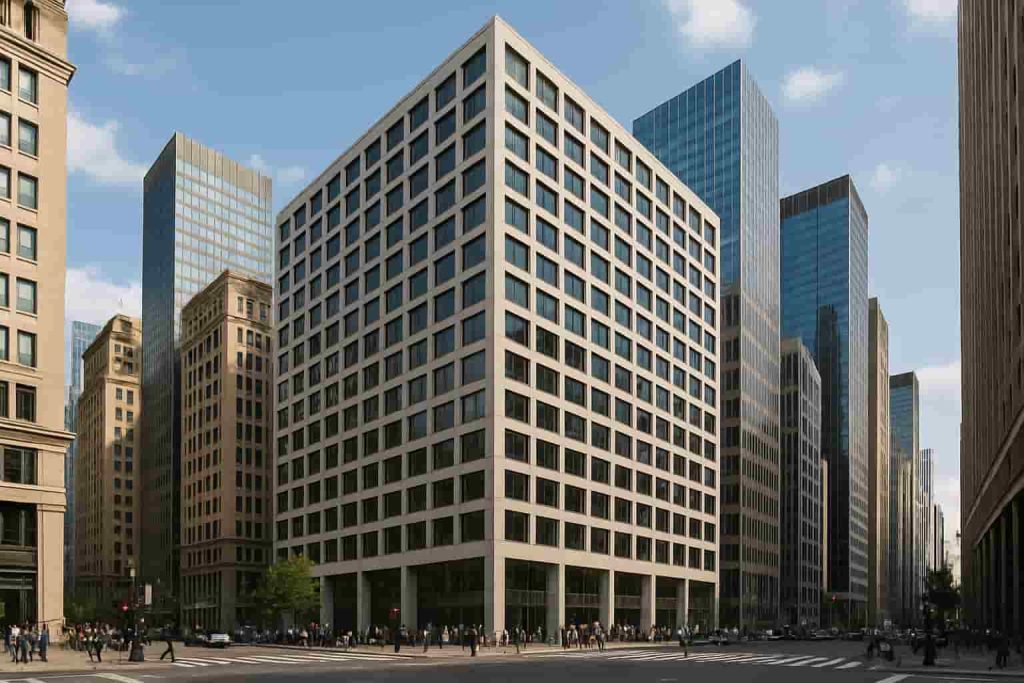Government land-use regulations and zoning rules are costing homebuyers in Melbourne $324,000 on an average property.
The figure is from Reserve Bank research that quantified the premium imposed by government land-use regulations.
Land-use regulations are market interventions generally designed to retain the liveability and block sizes of suburbs.
The RBA calls the premium ‘administrative scarcity’ which is above and beyond the cost of land or what it means to make available new space for a new home.
In Sydney, zoning rules contribute to 73 per cent of the cost of land and add almost $490,000 to the average home.
The rising population in Melbourne and Sydney, together with tax incentives for investors and the land-use regulations have been driving forces in putting upward pressure on house prices for the last 20 to 30 years and the RBA says to the point they are substantially above the supply costs of their physical inputs.
The RBA research uses a case example from July last year that appeared in Australian Financial Review. In the example, a Chinese development company paid $400 million for a site in west Melbourne after it was rezoned. Before the rezoning the site was worth just $120 million.
“Such large increases in in values as a result of zoning changes are inconsistent with the view that a physical shortage of land itself is the main cause of high land values and housing prices,” the RBA report says.
The report’s estimates are not based on the amount prices would fall if zoning restrictions weren’t in place because that requires estimating supply and demand responses, but they do show that the effect of zoning has risen sharply in recent years as existing restrictions bind more tightly as demand rises.
“We also note that physical land costs are higher in Australian cities than overseas,” the report says.
“So even if zoning restrictions were relaxed housing in Australia would remain expensive relative to cities where zoning is permissive and land less physically scarce.”
The zoning effects are also affecting apartment prices.
“We find evidence of a large gap opening up between apartment sale prices and construction costs over recent years, especially in Sydney,” says the RBA report.
“This suggests zoning constraints are also important in the market for high-density dwellings.”
“Policy changes that make zoning restrictions less binding, whether directly or indirectly, via reducing underlying demand for land in areas where restrictions are binding, could reduce this upward pressure on housing prices.”



